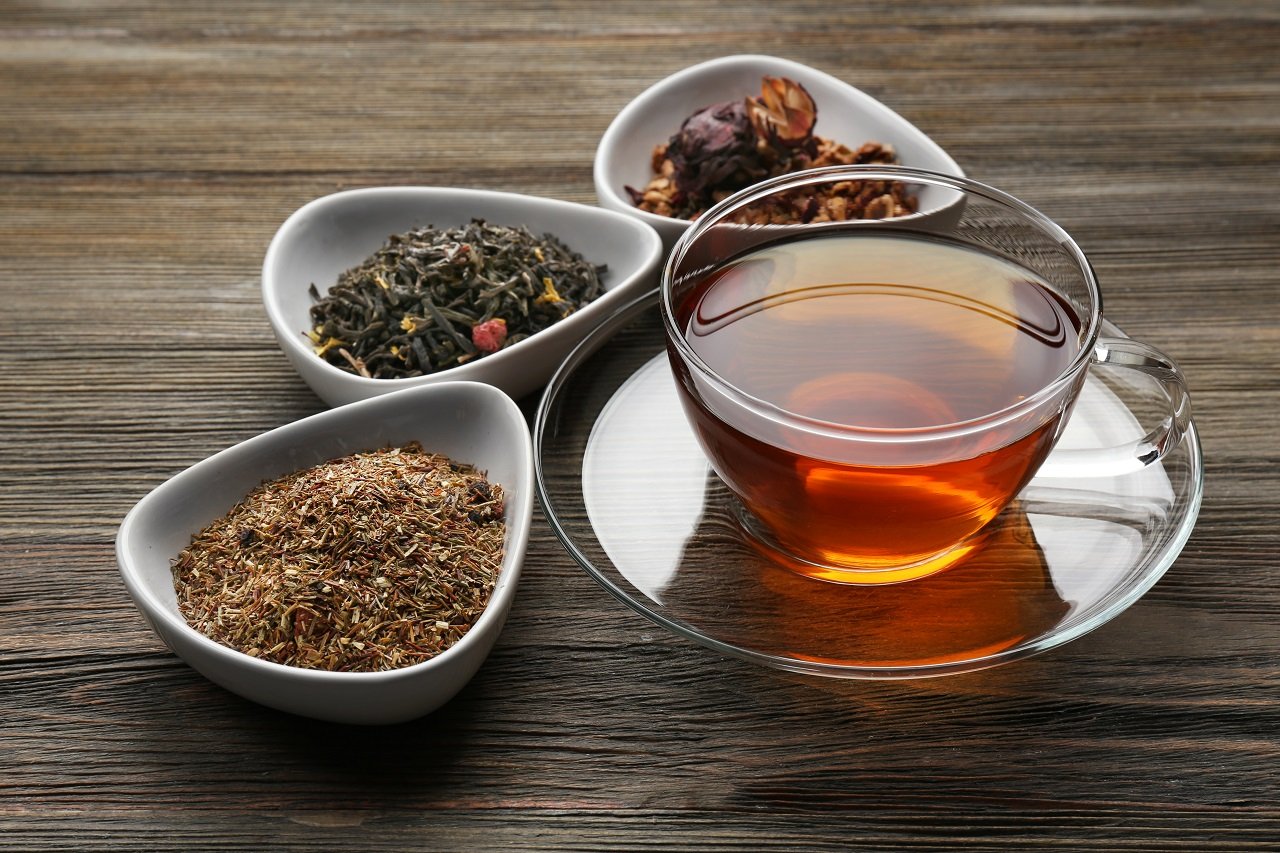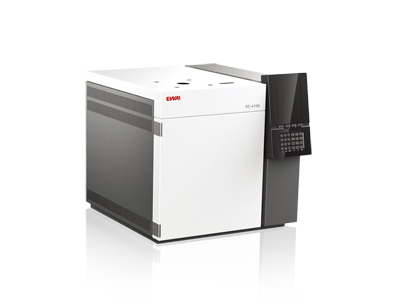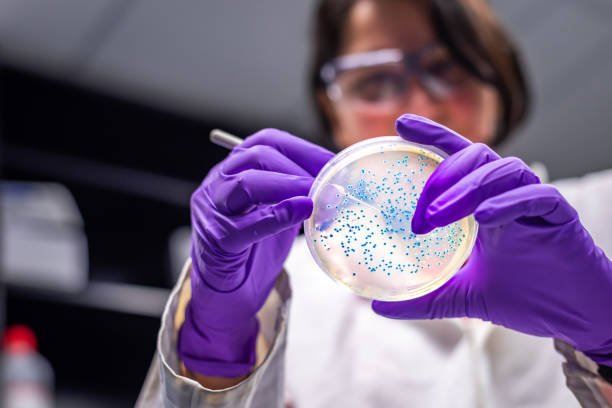Prime Scientific - How Would You Like to Have Your Tea? Quality Parameters for Testing Tea Products
Tea is the second most consumed beverage in the world after water. Tea is grown on mountain terrains and a specific type of climate and geography which is crucial for tea cultivation.

Introduction
Tea is one of the most consumed beverages, and quality matters for it to have a good and constant market value. Different weather conditions help in different types of tea produce, that gives the tea its uniqueness. The uniqueness needs to be taken care of, along with parameters like physical, chemical, biological factors within permissible conditions. Any contamination will degrade the quality of the tea. To meet customer expectations every time equally, and to maintain standardization in the final product sold, Tea Quality Testing is very important.
The purity and freshness of Tea depends on the Quality Assurance of the tea producing company. Strict quality checks as per set standards and benchmarks is crucial for gaining customer confidence and to have a good hold in the market. In today’s competitive times, having the most stringent levels of Quality Assurance is a game-changer in the industry.
Quality Assurance is to be ensured by the manufacturer, mainly in three main stages of growing, plucking and processing of tea. The process of Tea Quality Analysis evaluates if there is any contamination during the stages of 3Ps - Plucking, Processing and Packaging. Tea analysis is done to check for any adulterants that devalues the quality of tea. This ensures there are no health hazards for people consuming it.
Tea has a number of parameters for which it is evaluated. In tea quality testing, the tea is analysed in terms of its physical appearance like colour, size, flavour and taste. Also, the other analysis includes testing for any presence of chemicals, heavy metals, toxins and so on. All these tests are done as per set standards by the official body. When tea is compliant to all the set standards, it is said to be of marketable quality. Similarly, when tea quality testing meets all the set standards of the destination country it is exported to, it is said to be of export quality.
Quality Parameters for Tea

Residues Analysis
- Pesticide analysis: Pesticide analysis for tea is performed by employing state-of-the-art analytical methods such as gas chromatography-mass spectrometry (GC-MS) and liquid chromatography-mass spectrometry (LC-MS) that are used to reliably identify even the smallest traces of pesticides.
- Determination of polycyclic aromatic hydrocarbons (PAHs): PAHs are organic compounds formed when carbon is burned and can be harmful to health if consumed. PAHs can be found in tea that is roasted over an open fire. Analysis of PAHs in tea is important to ensure that the tea is free of unwanted contaminants.
- Determination of heavy metals: Heavy metals can be present in tea if the tea is grown in soil contaminated with heavy metals or comes into contact with materials containing heavy metals during processing. Heavy metals can be harmful to health if they accumulate in high concentrations in the body. Analysis of heavy metals in tea is important to ensure that tea complies with current regulations.
Chemical Analysis
Chemical analyses are an important part of tea quality assurance to ensure that tea meets regulatory requirements.
- Determination of caffeine: The amount of caffeine in tea can vary depending on the variety and origin. Analysis of caffeine in tea is important to ensure that the tea complies with current regulations and does not contain excessive amounts of caffeine.
- Determination of flavonoids: Flavonoids are natural compounds found in tea that may have beneficial health effects. Analysis of flavonoids in tea is important to prove that the tea is of high quality and contains a sufficient amount of healthy compounds.
- Analysis of catechins and total phenols: These are natural compounds found in tea that may have beneficial health effects. Catechins are a type of polyphenols and are responsible for the bitter taste and characteristic smell of tea. Total phenols are a group of compounds found in many plant foods and are known for their antioxidant activity.
- Proximate analysis: These tests include various tests that check the components of a tea sample, and its conformity to acceptable standards. Examples of these tests are, moisture content testing, ash content, acid soluble ash, water soluble ash, crude fiber content, water activiy, and so forth.

Microbiological Analysis
If the quality of tea isn't managed correctly it could pose a serious health risk. That is why each batch of tea that we import goes through various tests, even if it's organic since organic products only really focus on pesticide residue, there is still risk on the microbiological such as harmful pathogens (bacteria, mold, yeast, salmonella, e.coli etc)
- Total Plate Count (TPC): The total plate count measures the total number of viable microorganisms, including bacteria, yeast, and molds, present in a tea sample. It is an indicator of overall microbial quality. Different regulations or standards may specify acceptable limits for TPC.
- Escherichia coli (E. coli): E. coli is a bacterium that can indicate fecal contamination and is considered a potential indicator of unsanitary conditions. Tea products should be free from E. coli or should be within the allowable limits defined by regulatory authorities.
- Salmonella: Salmonella is a pathogenic bacterium that can cause foodborne illness. Tea products should be tested for the absence of Salmonella, as it is a critical microbiological requirement to ensure safety.
- Yeast and Mold: Yeast and mold can grow on tea leaves under certain conditions. While they are generally not harmful, excessive growth can indicate poor quality or improper storage conditions. Regulatory requirements may specify limits for yeast and mold counts.
- Mycotoxins: Certain molds can produce harmful substances called mycotoxins, which can contaminate tea leaves. Mycotoxins, such as aflatoxins and ochratoxin A, are regulated due to their potential adverse health effects. Testing for mycotoxins may be required depending on regulatory requirements.
Physical Analysis
This consists of various tests that determine the size, color, and taste of the tea product. These tests include:
- Color tests: Various color scales are used to determine the color quality of tea. Visual or spectrophotometric methods are used. The color indicates the quality and freshness of the tea from the consumer's point of view, therefore tea quality assessors try to maintain a certain color range for their product.
- Size tests: In these tests, graduation by sieving and sifting determines the size distribution of the tea granules. This way, manufacturers can assess their grinding process during production.
- Sensory tests: These tests include observing, feeling, and tasting the product. And this is done via qualitative means in a sensory laboratory; where certain evaluators try different samples of the tea produce and grade the quality of tea based on their sensory response.
References:
- https://www.linkedin.com/pulse/tea-quality-testing-inspection-certification-food-safety-jha-
- https://www.tuvsud.com/en-ae/industries/consumer-products-and-retail/food/tea-testing#:~:text=In%20tea%20quality%20testing%2C%20the,metals%2C%20toxins%20and%20so%20on.
- https://www.tentamus.com/lab-analyses/tea/#necessary-tests
- https://www.teavision.com.au/blogs/teavision-blogs/why-microbiological-testing-of-tea-is-extremely-important
Prime Scientific
Prime Scientific provides equipment, instruments and other related products and materials. We aim to be a one stop shop for all our customers laboratory needs. Since 2001, Prime has strived to provide the best services and solutions to the scientific community in the region.
No comments yet. Login to start a new discussion Start a new discussion